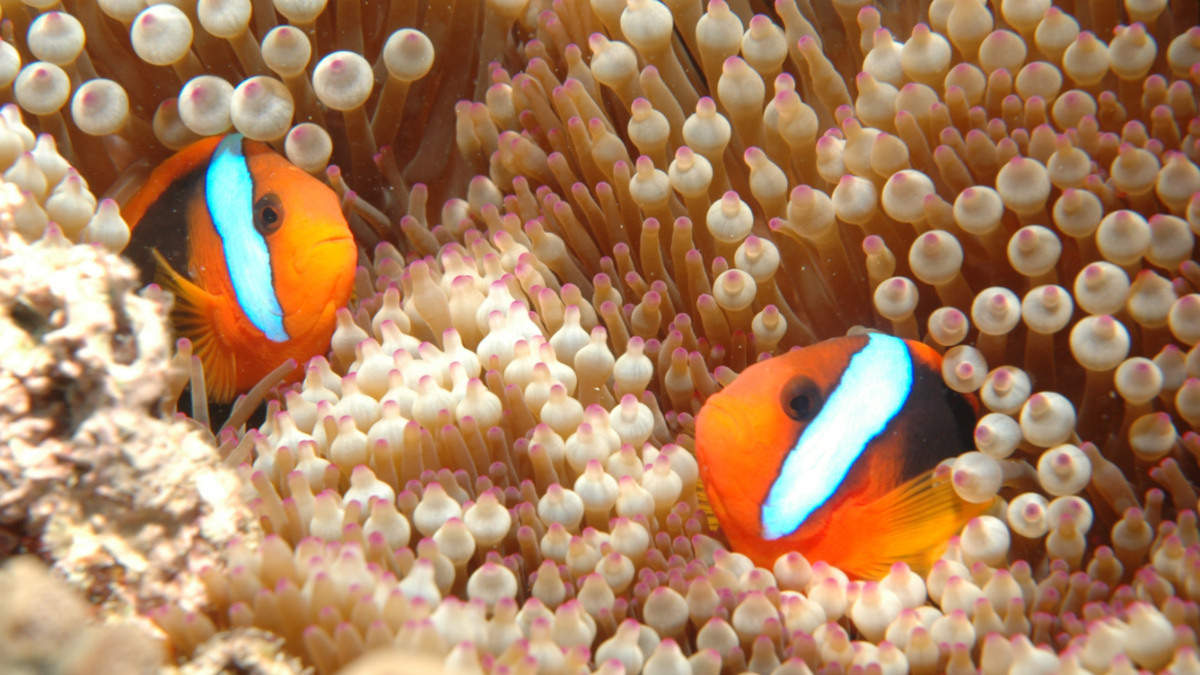
Scientists Play Recordings to Attract Fish to Damaged Parts of Great Barrier Reef

As restoration managers repair damaged corals, sound recordings can help jumpstart the process of restoring vibrant – and noisy – coral reef ecosystems. CC by 2.0
A healthy coral reef is a noisy place.
“You’ve got this constant crackling sound. … That’s the sound of snapping shrimp,” says Steve Simpson of the University of Exeter in the United Kingdom. “Then on top of that, pops, grunts, growls, trumpeting sounds, whooping sounds … and these are generally made by fish that are communicating with each other.”
But Simpson says after damaging coral bleaching events – which are growing more common as oceans warm – that soundscape changes.
He says that when his team visited part of the Great Barrier Reef after a major bleaching event, “really to our shock, we found that the reef had gone quiet.”
It was a sign that many sea creatures had left the area. Now Simpson’s team is using sound to draw some of that life back.
At 11 locations in the Great Barrier Reef, they played recordings of a healthy reef ecosystem. After six weeks, they compared the fish life in those places with that in other areas. They found that twice as many fish had returned to the audio-enriched sites.
So Simpson says that as restoration managers repair damaged corals, sound recordings can help jumpstart the process of restoring vibrant – and noisy – coral reef ecosystems.
Reposted with permission from Yale Climate Connections.
- This Robot Is Delivering Coral Babies to the Great Barrier Reef ...
- The Great Barrier Reef is on a Knife Edge
- 2020 Great Barrier Reef Bleaching Event Is Most Widespread to Date
- Could Plastic-Free 'Reef Cubes' Help Save the Ocean? - EcoWatch

 233k
233k  41k
41k  Subscribe
Subscribe 